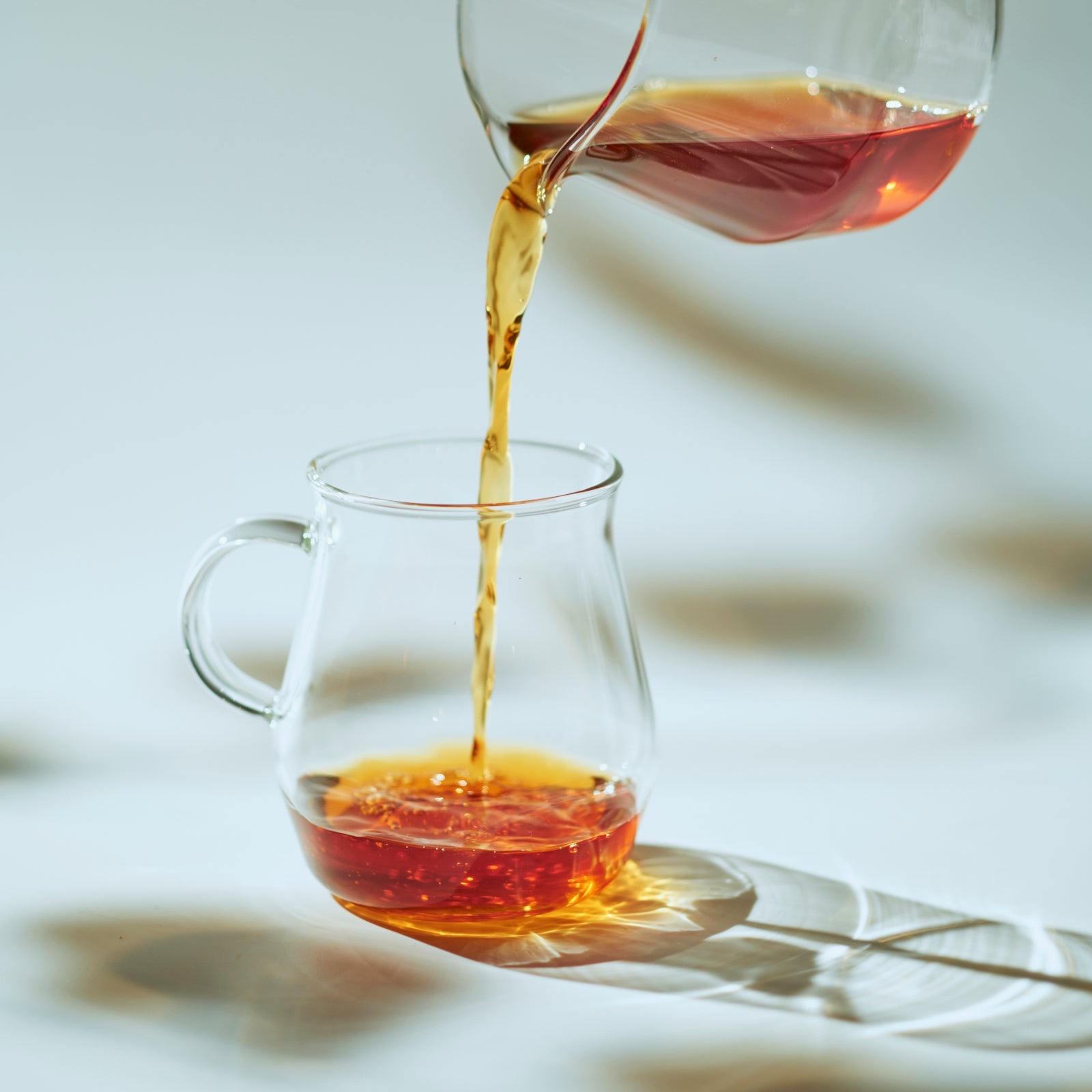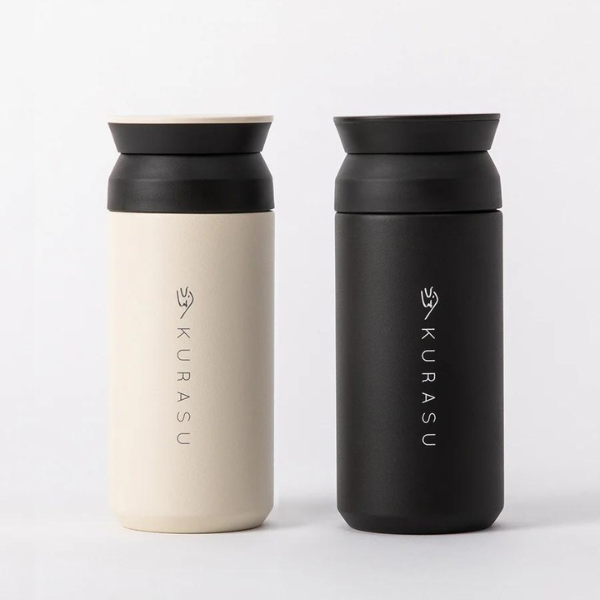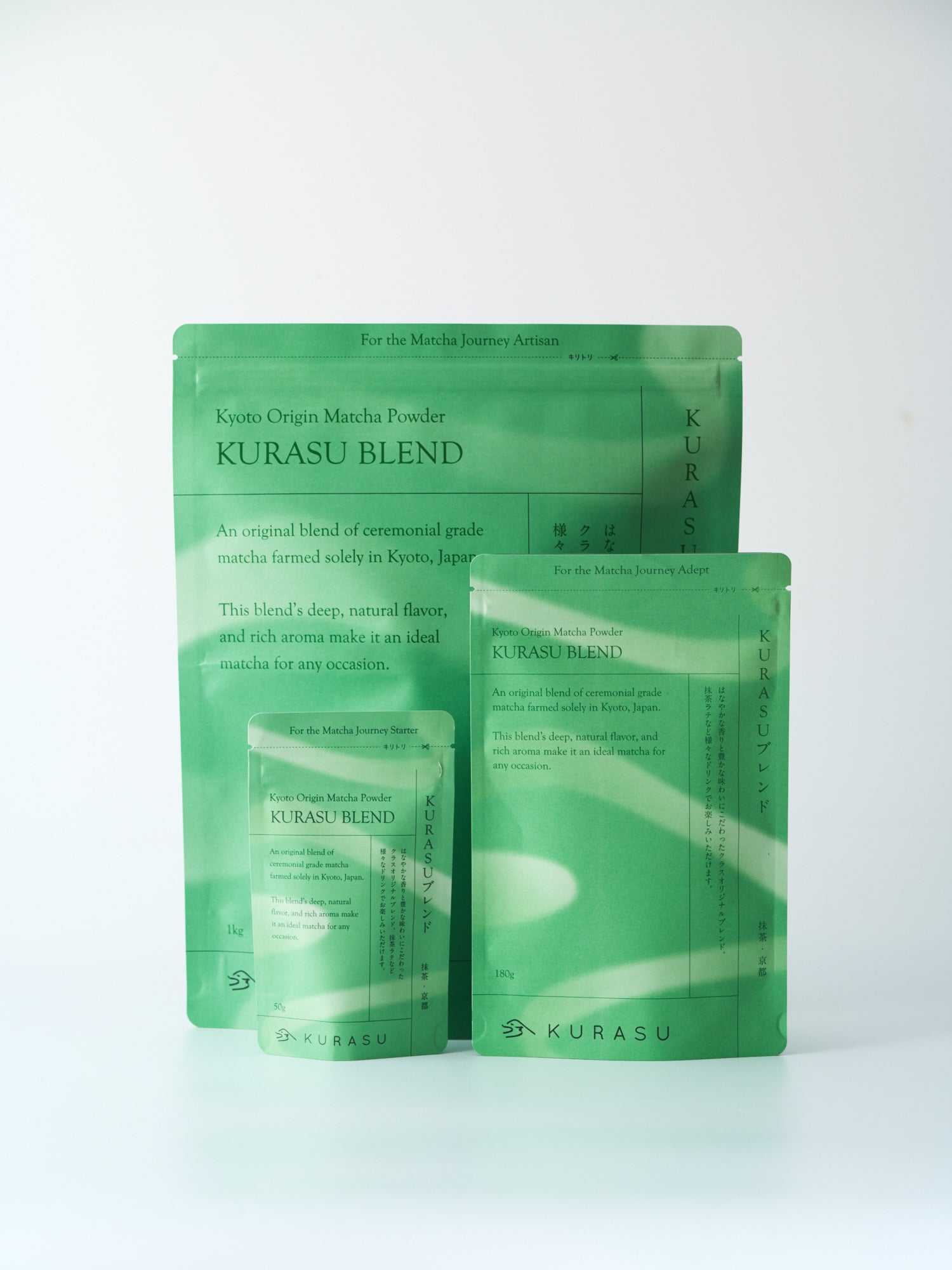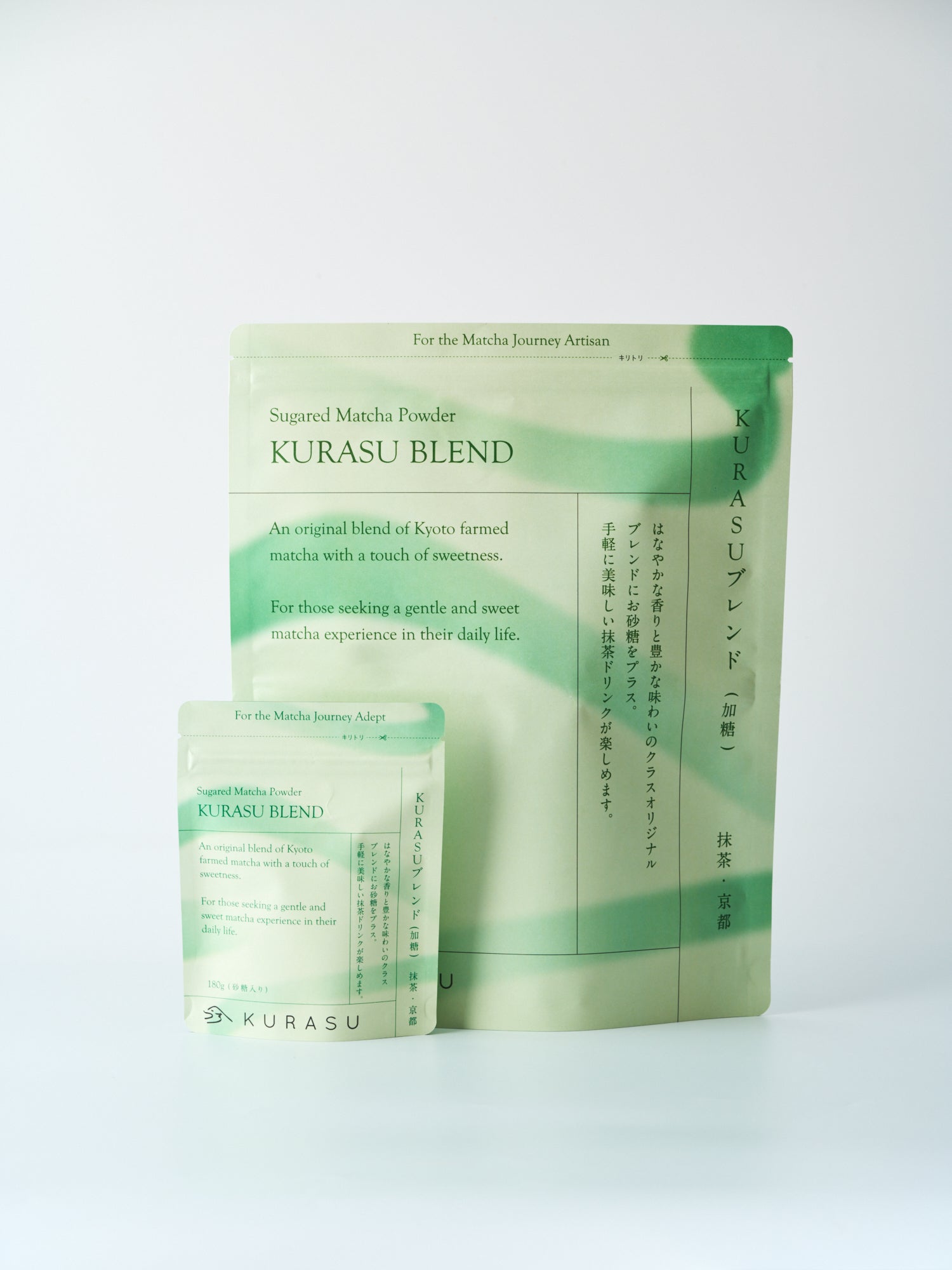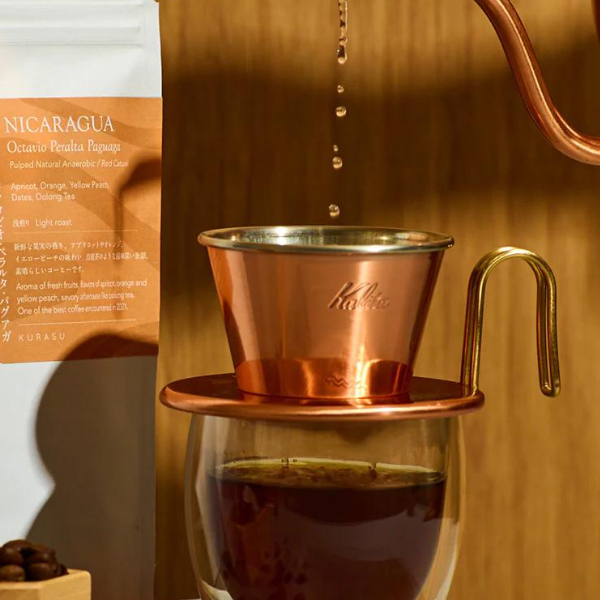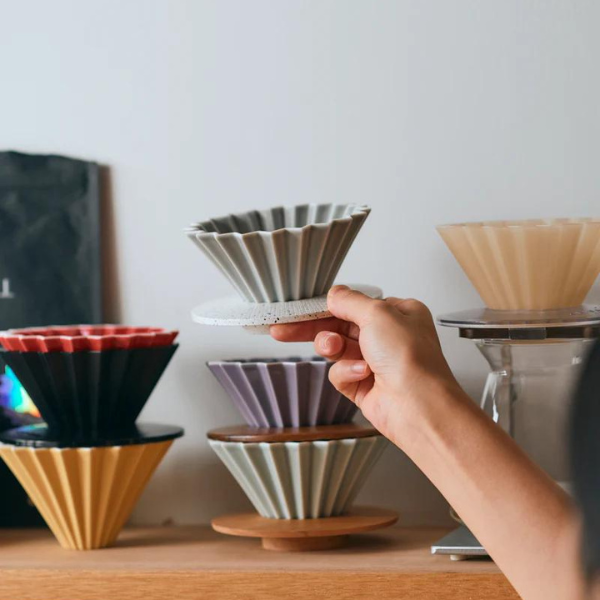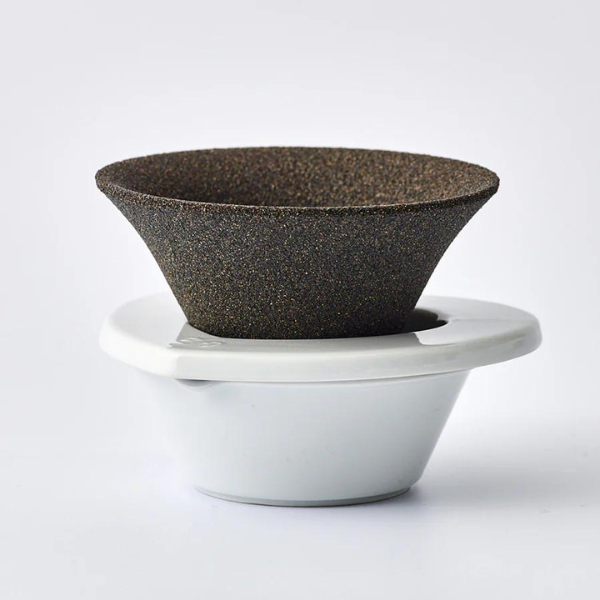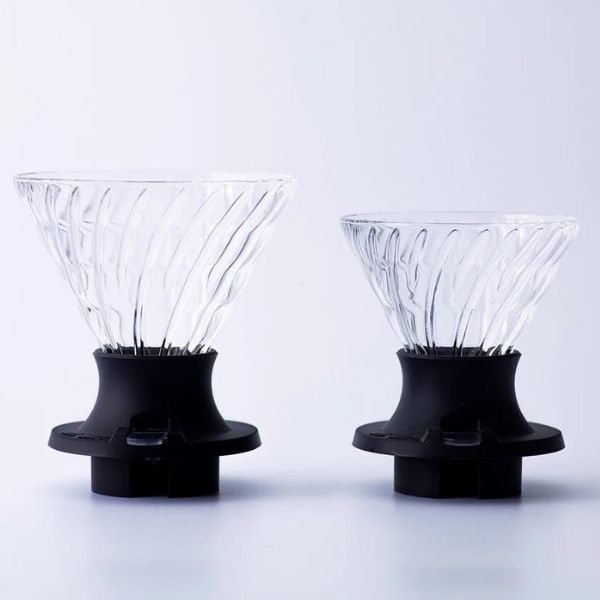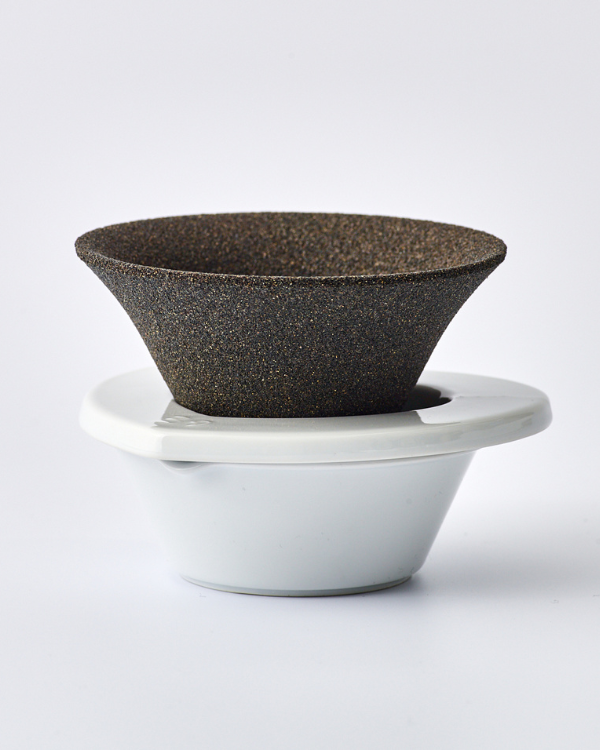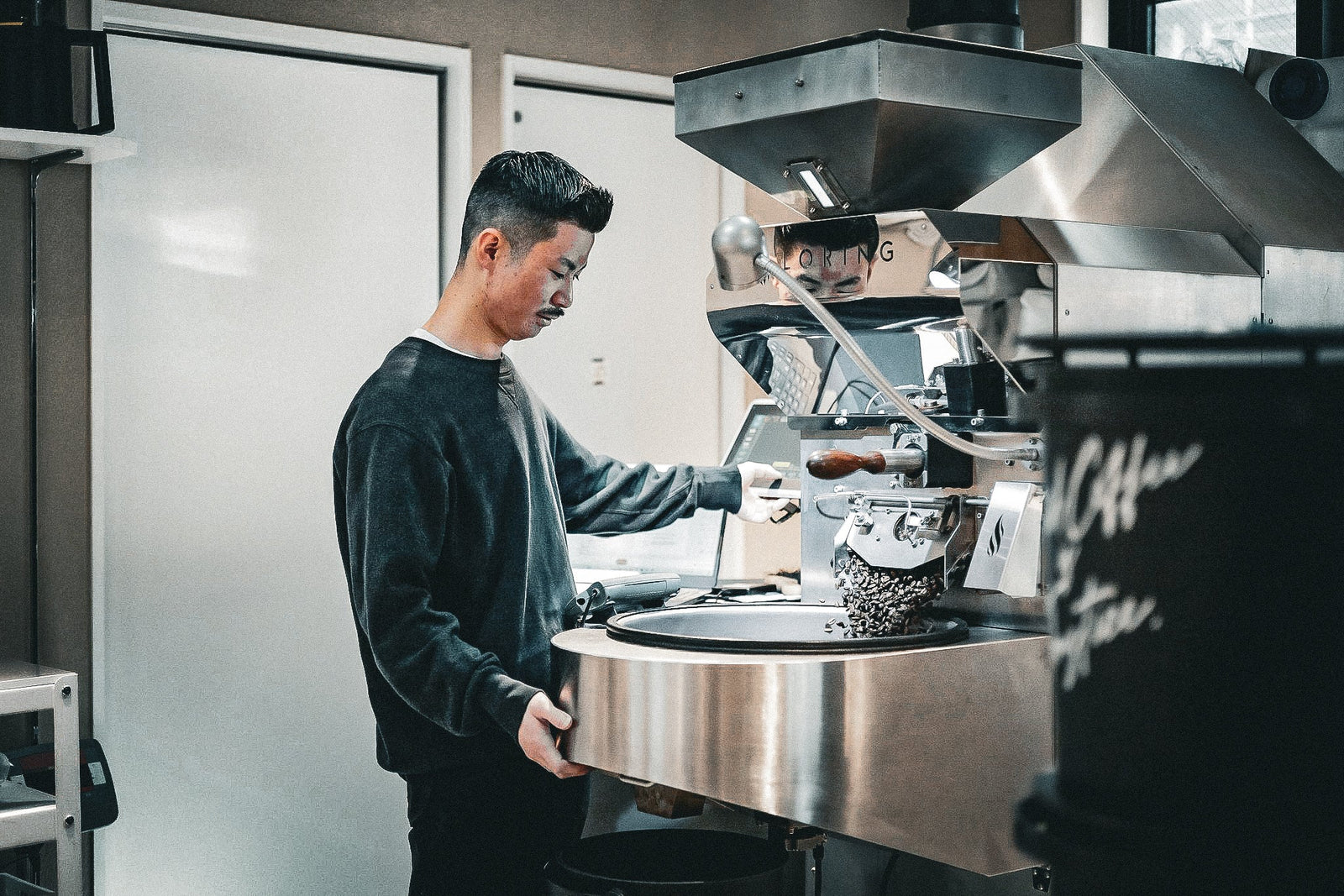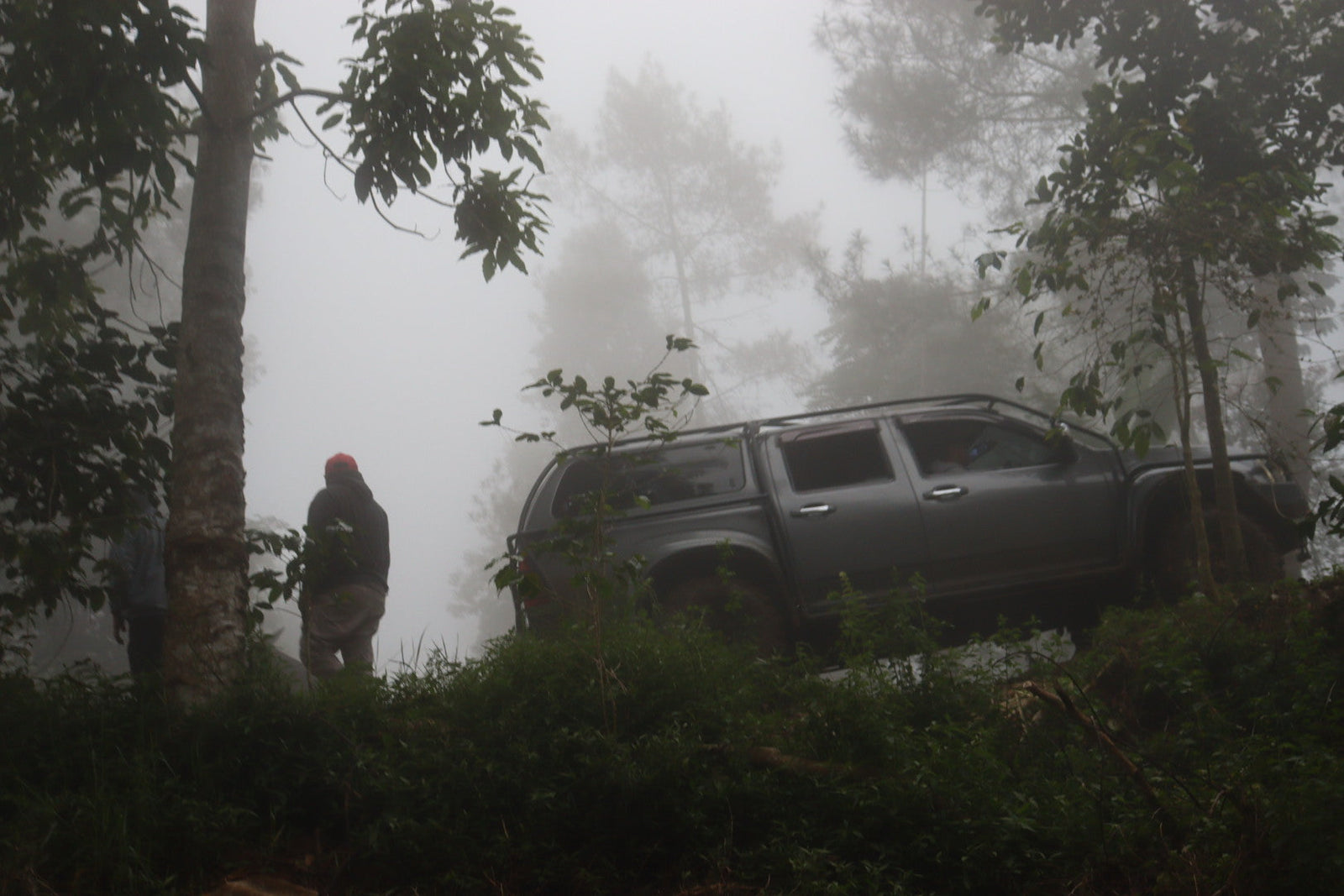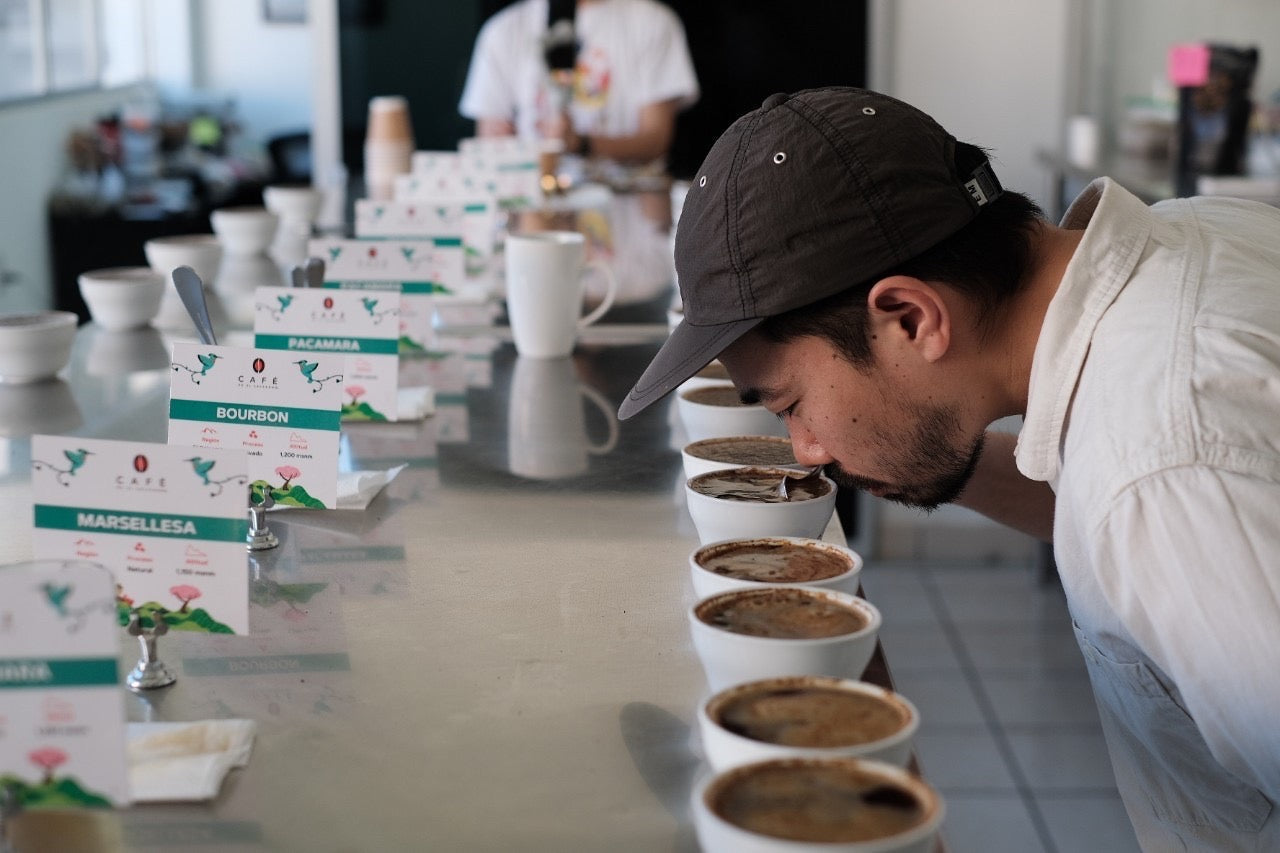We recently welcomed Rwanda Ruli Honey to our spring lineup. In our last article about Rwandan coffee we shared our head roaster Takuya’s story- in this article, we focus more on Rwandan coffee’s history.
Coffee tastes even better when you know and learn more about where it came from. In this series we invite you to go beyond the cup, to visit the story behind the aroma.
Coffee Cherry: a Symbol of Reconstruction and Hope
Rwanda- a small landlocked country in East/Central Africa.
Rwanda rapidly grew its economy since 2000 with a government-led specialty coffee production, now globally known for its produce with mandarin-like fruitiness and sweet terroir.
Colonial Rule and Coffee Production
Rwanda’s coffee production history dates back to the 20th century- since the 1920s until their independence in 1962, Rwanda, along a part of Uganda, was under a colonial rule of Belgium and they were collectively called Ruanda-Urundi. At the time, many farmers were assigned to produce coffee, and many small scale farms are still maintaining the production ever since.

Truck rides can get quite bumpy on the way to the farm
Until 1990, coffee has become Rwanda’s most valuable export- however, lives of almost a million people were lost to the genocide in 1994, and the coffee industry was seriously affected too.
The Pursuit of Recovery
Since the conclusion of the conflict, the Rwandan government encouraged coffee production, with support and interests from other countries. A public coffee production infrastructure was built, and mid-long term quality coffee production objectives were set. Their industrious effort attracted attention of buyers across the world, and they started to visit Rwanda- all of which led Rwanda to be the first to host the Cup of Excellence in Africa.
The Sweet Rwandan Coffee: Nurtured by the High Altitude Environment
The variety grown in Rwanda is dominantly Bourbon, and it is known for its concentrated sweetness and fruity aroma- the charm of Bourbon variety grown here is becoming synonymous to “the Rwandan flavor.”
The government mainly encourages washed process, but the producers have gradually been welcoming other processes such as honey process and natural process, which are contributing to the emerging diversity in Rwandan coffee profiles.

Red, ripen Bourbon cherries
The good example of that is our Rwanda Ruli Honey- this is a rare honey process Rwandan coffee, and it has a beautiful, apple-like sweetness and lovely juiciness.
Related article: A Sweet Gift on a Spring Breeze From Rwanda- Rwanda Ruli Honey

Rwanda Ruli Honey getting dried after the pulping process- they go through a 3-day drying stage before the parchments are removed. (Photo credit: Green Pastures)
Known as the land of thousand hills, Rwanda’s lush natural environment also makes their coffee special- the high altitude of the hills help the coffee cherries to develop its signature sweetness to the maximum.
A Coffee Bean Smelling Like Potato: A Mystery Defect Unique to Eastern African Coffee
On a final note, let’s talk a bit about another unique aspect of coffee from Rwanda- coffee beans that smell like potatoes.
This phenomenon is called “Potato taste defect (referred to as PTD from now on)”, and it is a type of defect in coffee beans that appears in crops from Eastern African origins such as Burundi, Congo, and Uganda along with Rwanda. Coffee beans with PTD cause a distinct smell in the grind or brewed cup that resembles raw potato, making the product unpleasant to consume.

PTD is assumed to be caused by bacterias brought onto the beans by a bug called Antestiopsis- a type of shield bug- when they dig into coffee cherries and feed on coffee plants. However, the exact mechanism as to how it leads coffee beans to develop the “potato taste” is yet to be fully understood.
What Should I Do if I Have PTD Beans in a Bag?
What makes PTD difficult to spot before it reaches the consumers is that it is impossible to identify visually, unlike other defects such as other insect damage, under/over developed beans, or chipped/cracked ones- you only find it when you actually grind them and smell them.
Related article: Why "Defects" Actually Teach Us More About Coffee
When beans with PTD were mixed in with the beans, the final cup would have a distinct smell of raw, peeled potato. It’s not harmful to consume, but it negatively affects the flavor and therefore the experience.
That’s why at Kurasu we add a little extra amount of coffee when we bag Rwandan coffee- if you find your cup to smell like potatoes unfortunately, please make use of that extra to make a new cup.
We hope that having this kind of knowledge in advance would make your future encounter with PTD - if it happens- more like a rare and fun experience rather than an unpleasant surprise and disappointment.
Learning Through Coffee
The colonization, conflict, and reconstruction- Rwandan coffee has seen its land’s history, and the production of it has been an integral part of it.
Learning the background of a cup of coffee will add a whole new depth and meaning to the aroma- and enriches the experience.

The green beans go through many steps, taken care of many people- at the roastery, the final stop, we take put all of our passion into roasting and serving them to our customers.
We hope this article helps your mind travel beyond your everyday life, making your daily coffee break a little more special.
Have a nice day with a good cup of coffee.
Cover photo credit: Green Pastures

